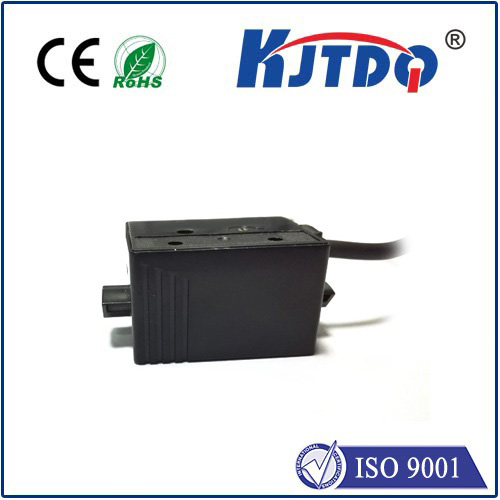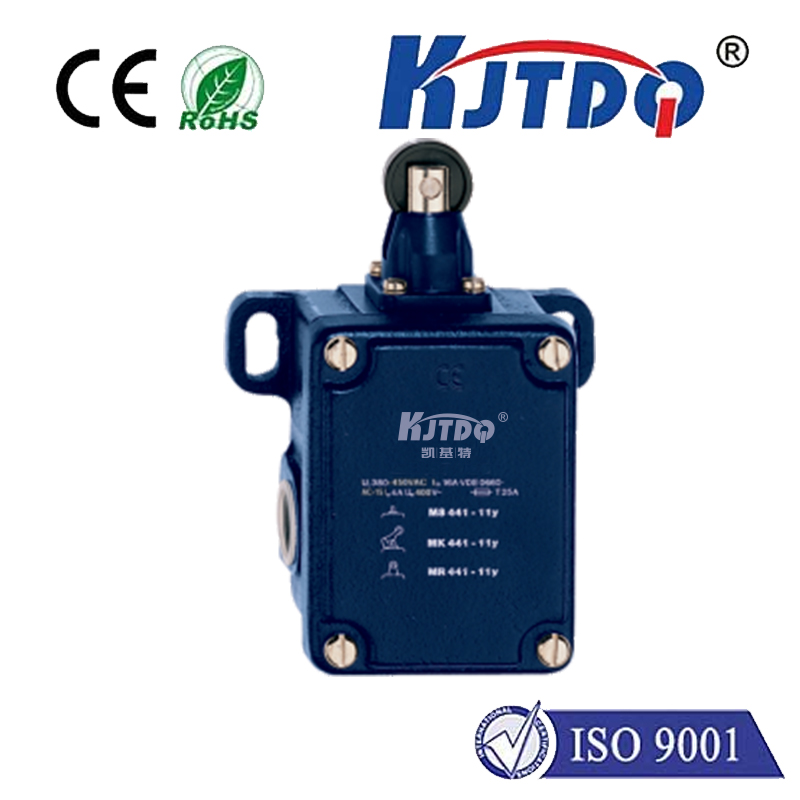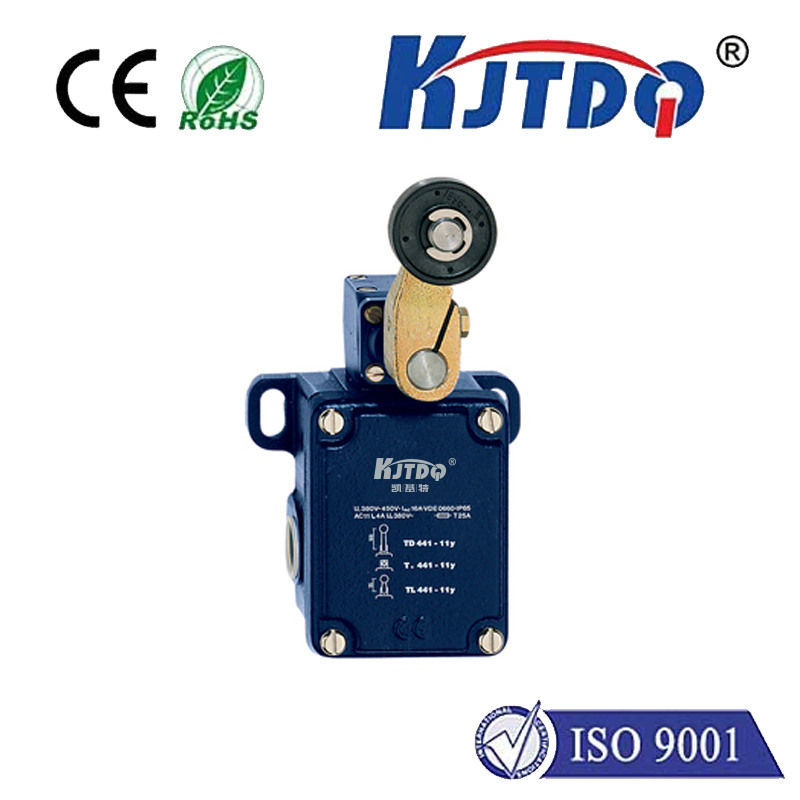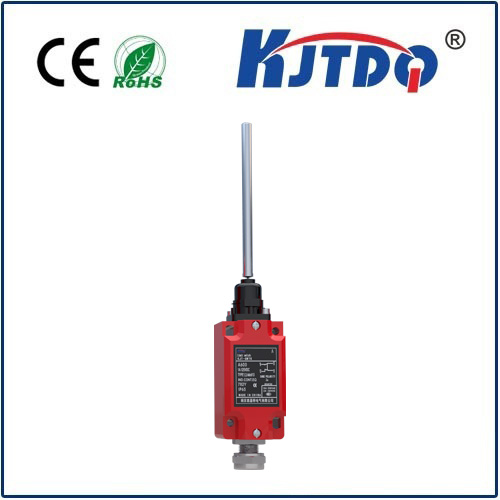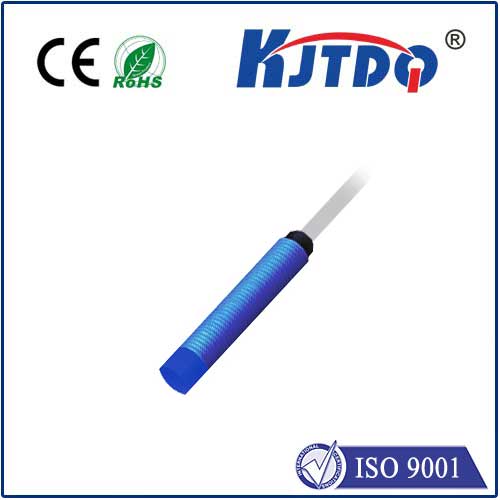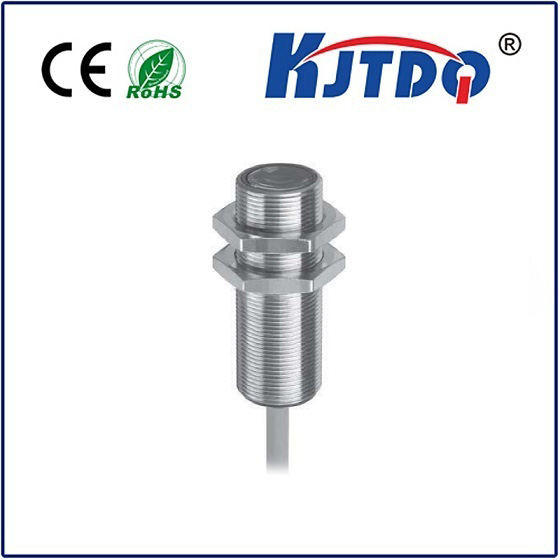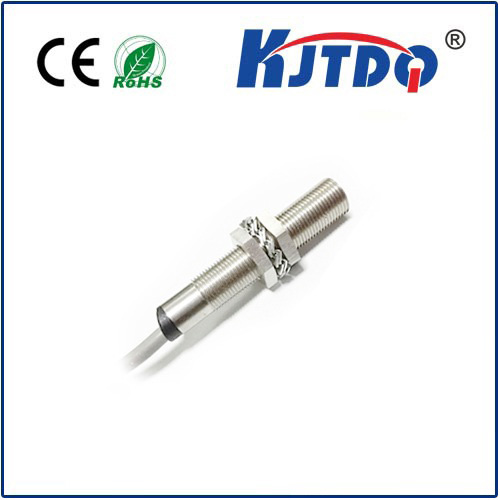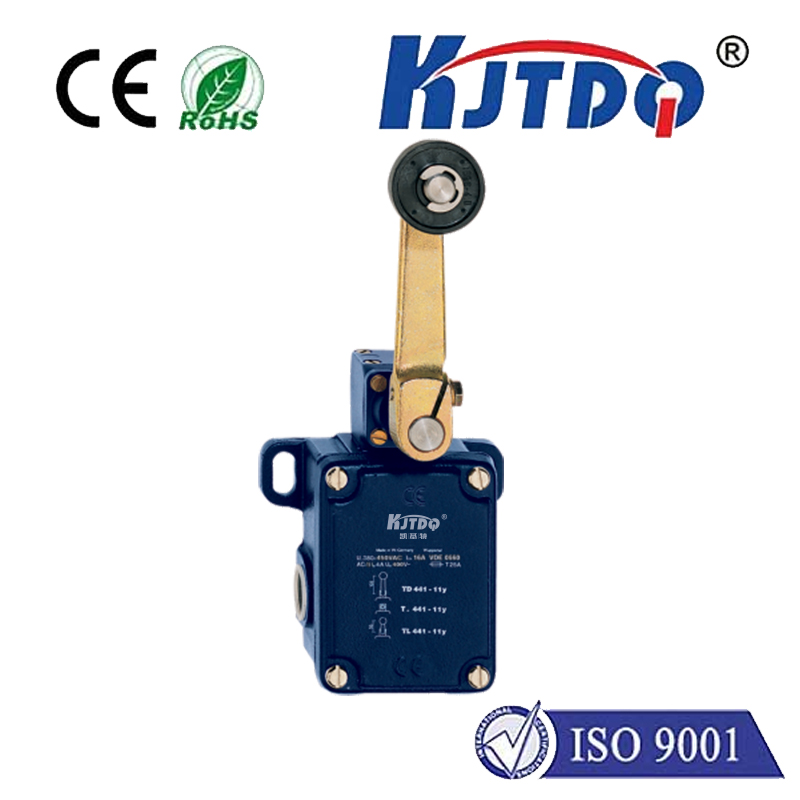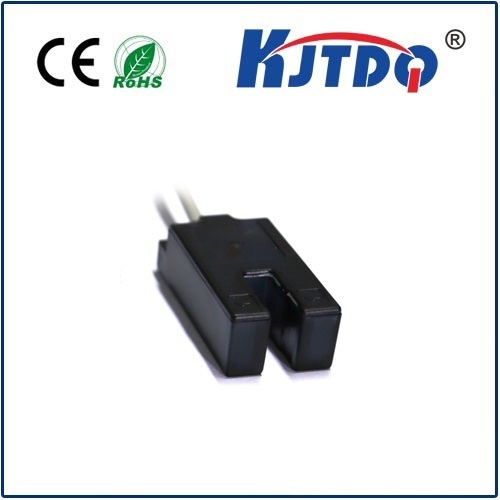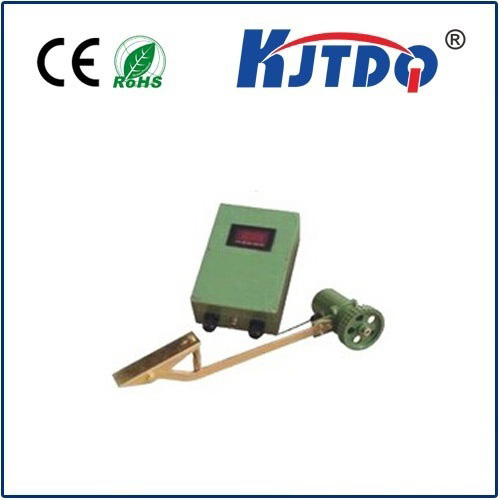

check

check

check

check
Imagine a factory floor humming with activity, where robotic arms glide seamlessly, assembling products without a hitch. This level of efficiency relies on tiny, unsung heroes: proximity sensors. Among them, the BES05L3 proximity sensor stands out as a game-changer in industrial automation. Developed for environments demanding pinpoint accuracy, this sensor detects nearby objects without physical contact, reducing wear, and enhancing safety. In today’s competitive industries, such innovations are not just conveniences—they’re necessities. As we delve into its features, applications, and advantages, you’ll discover why the BES05L3 is becoming indispensable for engineers and manufacturers worldwide.
At its core, a proximity sensor like the BES05L3 operates on electromagnetic principles to sense the presence or absence of objects within a specific range. Designed for rugged settings, it boasts an inductive sensing mechanism that excels in metallic environments. The “BES” series typically signifies a high-performance line from Balluff, renowned for robustness, and the “05L3” model specifically offers a detection range of up to 5 millimeters. This compact device is encased in stainless steel, providing IP67 protection against dust and water—a critical feature for operations in harsh conditions such as manufacturing plants or outdoor machinery. Unlike older sensors prone to mechanical failure, the BES05L3 functions reliably over long periods, thanks to its non-contact nature. Simply put, it sends out an electromagnetic field; when an object enters this field, it triggers a signal. This seamless interaction eliminates the need for direct touch, making it ideal for high-traffic areas where frequent collisions would damage traditional switches. For professionals, integrating this proximity sensor means fewer maintenance downtimes and enhanced operational efficiency, setting the stage for smarter automation systems.

Diving deeper into its technical prowess, the BES05L3 proximity sensor excels with features tailored for precision. It supports a standard operating voltage of 10-30V DC and delivers a response time under 1 millisecond, enabling real-time detection in fast-paced applications. This speed ensures swift feedback in critical processes, like halting a conveyor belt before jams occur. Additionally, its inductive nature allows it to ignore non-metallic materials, reducing false triggers in mixed-material setups. Users often highlight the sensor’s easy installation—mounting it involves simple adjustments, and LED indicators provide immediate visual confirmation of detection status. Moreover, with a temperature range of -25°C to +70°C, the BES05L3 performs reliably across diverse climates, from freezing warehouses to heated assembly lines. These specifications make it a versatile choice over alternatives, such as capacitive sensors, which might falter in metal-rich scenes. Key advantages include its longevity; many users report over 100 million switching cycles without significant wear, translating to lower replacement costs. By incorporating such a sensor, businesses achieve consistent object detection, essential for optimizing tasks like inventory management or quality control.
The applications of the BES05L3 proximity sensor span multiple sectors, demonstrating its adaptability. In industrial automation, it’s a staple on assembly lines, where it detects parts on moving conveyors. For instance, in automotive manufacturing, these sensors ensure robotic arms position components accurately, preventing errors that could lead to costly recalls. Similarly, in packaging plants, they verify product presence before sealing, boosting throughput. Beyond factories, the sensor plays a role in robotics—enabling arms to “feel” obstacles without collision—and in building automation, such as controlling automatic doors or elevators for seamless access. This versatility extends to renewable energy, where it monitors turbine positions in wind farms. Healthcare is another emerging field; BES05L3 units guide automated lab equipment, handling sensitive tools safely. Real-world case studies show how companies cut downtime by up to 30% after adopting such proximity sensors, proving that reliability drives tangible savings. When compared to ultrasonic or optical sensors, the BES05L3 shines in dusty or oily settings, thanks to its electromagnetic immunity. As industries evolve toward Industry 4.0, these sensors integrate effortlessly with IoT systems, feeding data into networks for predictive maintenance and smarter resource use.
To maximize the benefits of the BES05L3, proper implementation is crucial. Start by selecting the appropriate mounting location—ideally where objects pass within its 5mm sensing range—and avoid areas with excessive electromagnetic interference. Regular calibration checks ensure accuracy; a quick test with a reference metal object can confirm performance. For integration, pair it with programmable logic controllers (PLCs) using standard M12 connectors for a plug-and-play setup. Training teams on troubleshooting basics, like cleaning the sensor face to avoid buildup, prevents common issues. Investors should note that while the initial cost might be higher than entry-level models, the long-term cost-effectiveness from reduced failures makes it a wise choice. Ultimately, the BES05L3 proximity sensor empowers businesses to build resilient, efficient systems, transforming everyday operations into high-stakes advantages.
